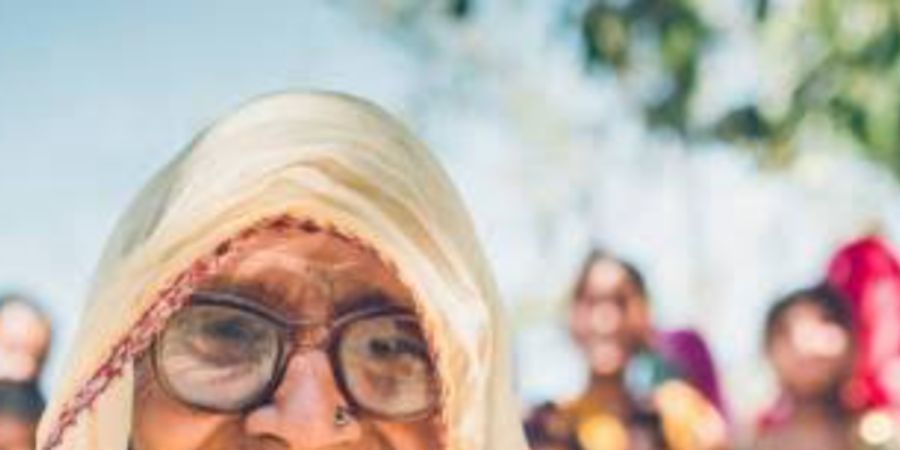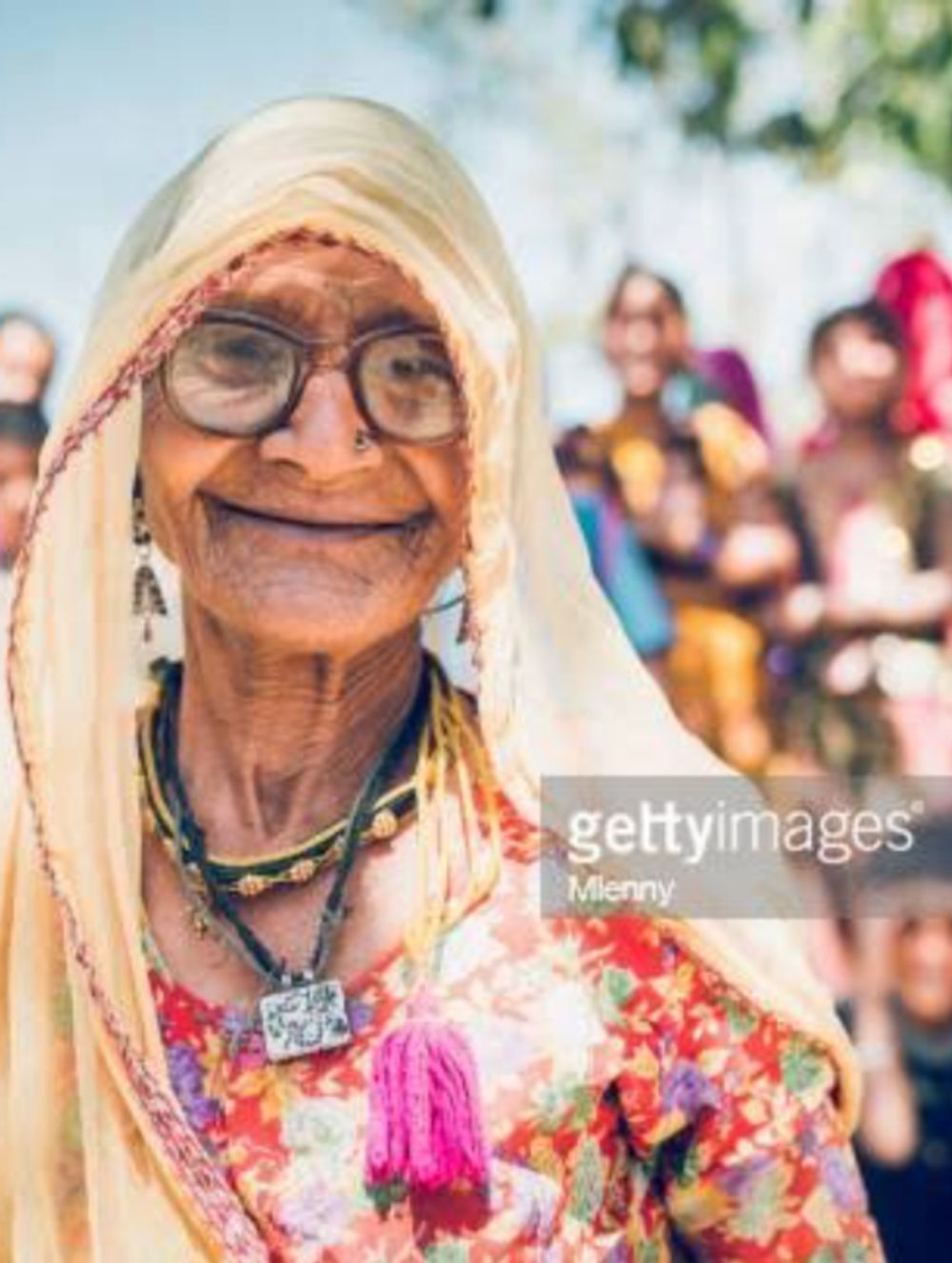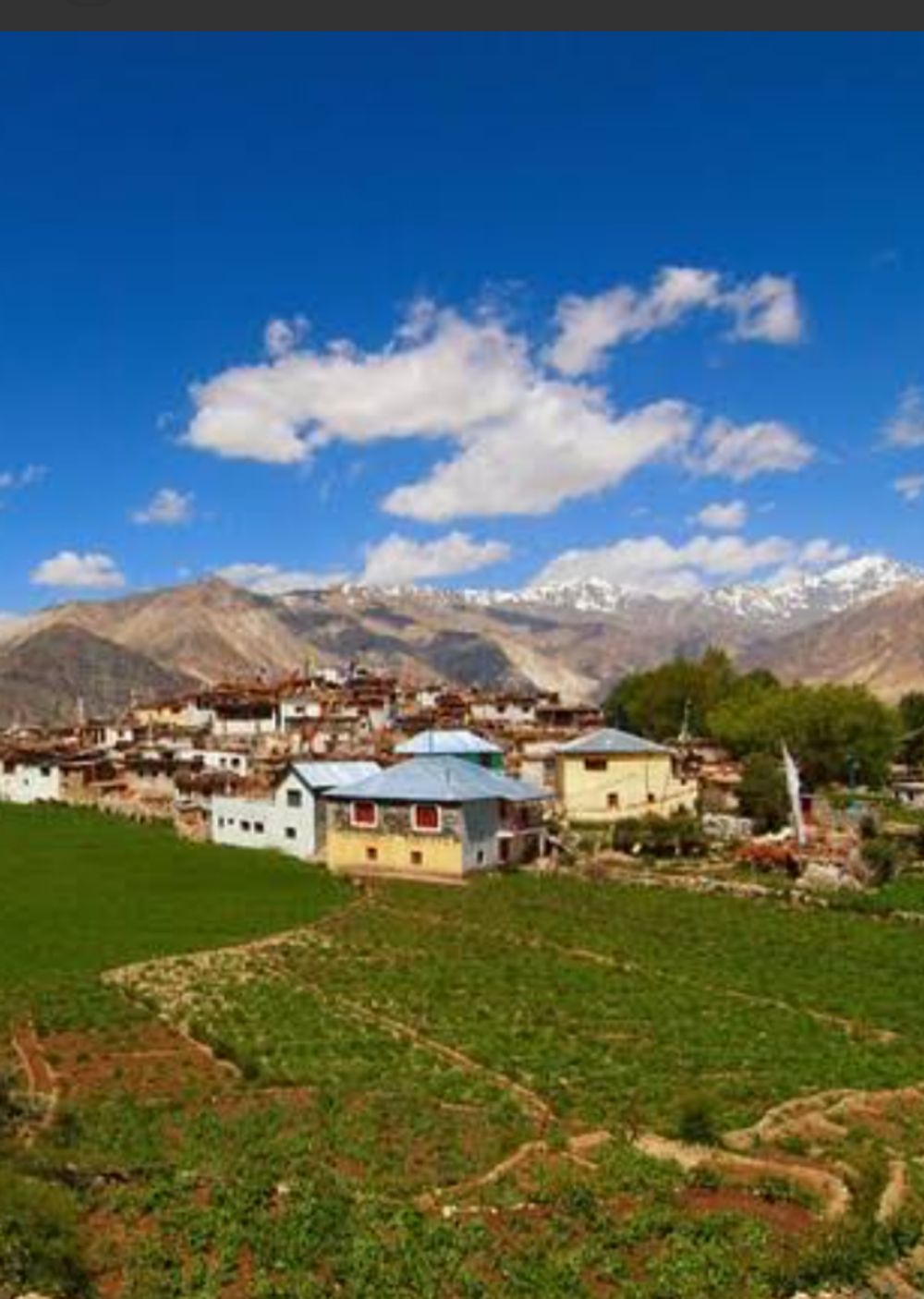

Hi guys !!how u have a wonderful story bring to your.the people living in the villages mostly go to the fields to earn their daily living, they are generally hardworking and their day starts very early than most other people living in the cities or town. They work hard in the field the whole day and just get some rest when it is down.

India rural population for 2021 was 909,384,771, a 0.08% increase from 2020. India rural population for 2020 was 908,684,959, a 0.26% increase from 2019. India rural population for 2019 was 906,325,664, a 0.35% increase from 2018. India rural population for 2018 was 903,131,481, a 0.44% increase from 2017.
Most of the people who live in villages are farmers, other works as potters, carpenters, blacksmith. Bull's are use for farming and other activity in field. Women work planting the rice paddy, while the men work pulling bullock carts,Which state has highest village population?
Uttar Pradesh has the largest proportion of rural population in India.It has 155 million rural population. It is the 18.6 % of total rural population of India.It is generally larger than a "hamlet" but smaller than a "town." Some geographers specifically define a village as having between 500 and 2,500 inhabitants.19-Dec-2022
The group's name refers to Manhattan's Greenwich Village, with its reputation as a gay neighborhood. The characters were a symbolic group of American masculinity and macho gay-fantasy personas. To date, Willis is the only original member still remaining with the group.
Rural population growth (annual %) in India was reported at 0.07698 % in 2021, according to the World Bank collection of development indicators, compiled from officially recognized sources.
There were 180 million more Indians in 2011 than a decade ago. Around half this increase in population came from the villages and half from the cities. The urban population actually grew slightly more than the rural population, perhaps for the first time in Indian history.

The big picture is generally known. It is in the disaggregated data calculated from the 2011 census that the story becomes really interesting. The rate of rural population growth has plummeted in all states other than Rajasthan, Uttar Pradesh, Uttarakhand, Bihar, Jharkhand, Madhya Pradesh, Chhattisgarh and Orissa (see chart). A simple extrapolation from that chart suggests that 27 Indian states are likely to begin seeing shrinking rural populations in this decade, a monumentalFour states have actually seen their rural populations decline since 2001: Kerala, Goa, Nagaland and Sikkim. The rural population of Andhra Pradesh has almost stagnated. It is growing at a very sluggish rate in at least 10 other states. Meanwhile, there is a noticeable asymmetry: Nearly half of the total rural population growth across India is accounted for by two politically important states—Uttar Pradesh and Bihar.
